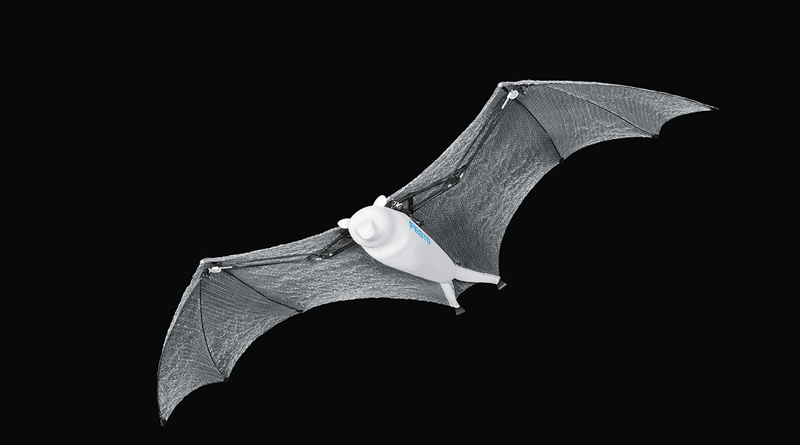Increasingly intelligent components
The networking of humans, machinery and IT is shaping tomorrow’s production. Not only production plants are now increasingly automated: even the components themselves are becoming more intelligent and are being networked to an increasing extent, thanks to the increased use of software components.
Festo is setting out to make its customers even more productive by means of new technologies from the field of digitalisation. “For us, this means focusing even more strongly on software development. We are paving the way for flexible functionalities by depicting more and more product functions in the form of software”, said Management Board member Dr Frank Melzer in summing up the prospects for the future. A prime example of this development is the Festo Motion Terminal, in which the fusion of hardware and software has yielded the first valve to be controlled by Apps. In future, components from Festo will be designed in such a way as to acquire and pre-sort data for analysis. Festo offers various digital platforms for the appropriate evaluation and use of these data. Besides, for many years, Festo has been working together with universities, institutes and development companies in devising research objects based on fundamental principles derived from nature. For the BionicFlyingFox, the developers have turned their attention to the fruit bat, also known as flying fox. Despite its wingspan of 2.28 m, this ultralight flying object can turn with small radii of curvature. To enable the BionicFlyingFox to fly partly autonomously within a defined airspace, it communicates with a motion tracking system that constantly records its position. At the same time, the system plans the flight paths and issues the necessary control commands. Take-off and landing are carried out by the human operator.

